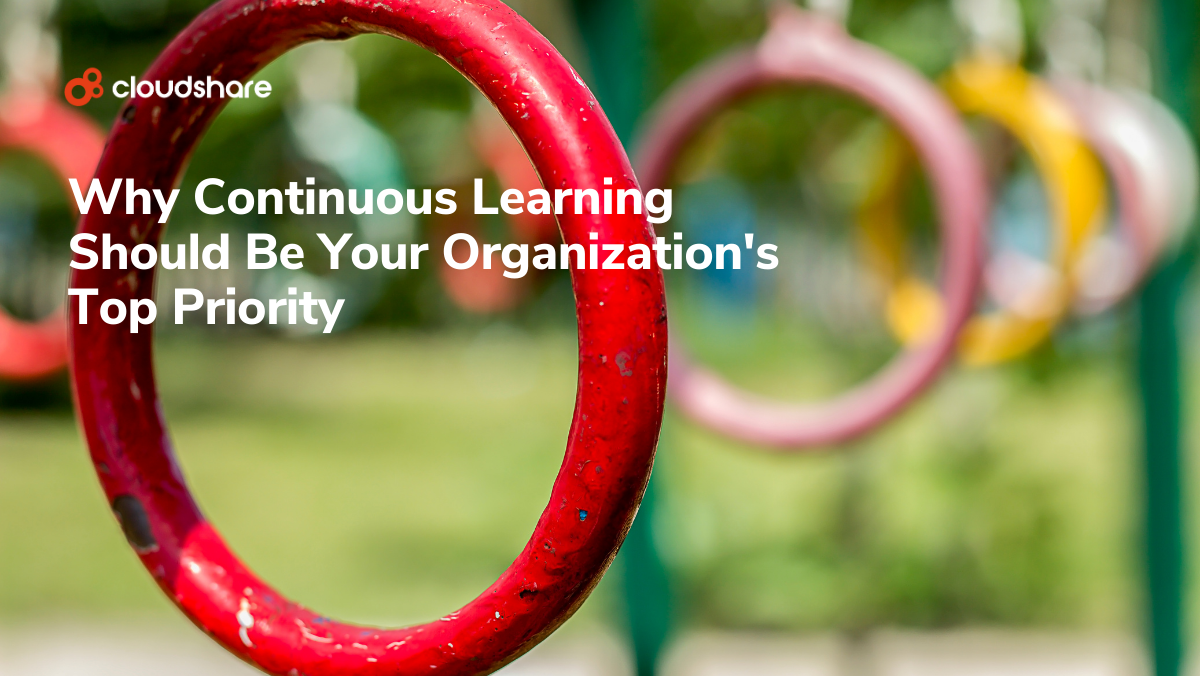Glossary
Learner Experience
What is the Learner Experience?
It isn’t enough to simply provide training materials. You also need to deliver them in a way that’s compelling. To achieve this, you need to think about the learning experience, including:
- How the training begins — such as through a manager identifying a need or an employee seeking professional development.
- The technology used to support the learning experience.
- The medium through which the training materials are delivered.
- Whether the training is self-paced, instructor-led, or some combination of the two.
- The look and feel of your user interface.
- Interactive elements such as virtual sandboxes and simulations.
- How dynamically your training can adapt to learner preferences, knowledge, and learning style.
In other words, you need to consider the entire journey from beginning to end, from how the learner processes your training materials to how they engage with others who are taking the same course.
Best Practices for Learner Experience Design
Relevant
First and foremost, training content must be positioned in such a way that it has clear value or relevance to the learner. The purpose of their training should be clear to them at the outset, as well as what they can gain from it. Training content should also be adaptive, with materials at each stage of a learner’s journey tailored to their knowledge level, learning preferences, and learning style.
More importantly, when relevant, learners should be provided with immediate, personalized, contextual feedback during their training.
Simple to Use
Ease of use is also extremely important for a positive learning experience. While some materials may need to be delivered in larger sessions wherever possible you should look to break down your training into smaller, more digestible chunks. This gives learners more freedom in terms of when and how they engage with your content, allowing them to set their own schedule.
An intuitive interface is also a must. Keep things simple and streamlined. If you add too many bells and whistles, users may find it difficult to navigate through your materials.
Hands-On
Interactivity is also important. Hands-on training gives learners the ability to put their practical knowledge to the test in a way that passive courses cannot. Think about how you can add more interactive content, and consider also adopting design elements from video games such as leaderboards and achievements.
Centralized
All of your training content should be built upon a single source of truth. This makes it easier to keep content up-to-date and ensures that no one is working with outdated materials. It also helps to provide a more consistent experience to your learners.
Social
You may also want to incorporate elements of social learning into your training program, as collaborative learning has been found to improve both comprehension and retention. If your training is primarily instructor-led, this collaboration can take the form of in-class discussions, group projects or sidebars. If you’re delivering self-paced training, you could maintain an online forum in which learners can discuss their work — this could take the form of a Slack channel, a Discord server, or even an online discussion board.
Goal-Oriented and Human-Centric
Just as your training should have clear value to learners, it should also have a clear objective and milestones along the path to that objective. This will help learners stay focused and motivated as they continue their training. Above all, however, your training should position the learners at its center.
This means accounting for not only how they learn but also their goals, background, and interests.
Supported by the Right Technology
Lastly, choose a learner experience platform that supports your training content and objectives. This platform should integrate with your learning management system and any other technologies associated with your training. At the minimum, it should feature learner analytics, content aggregation, AI-driven personalization, and personalized learning paths.



